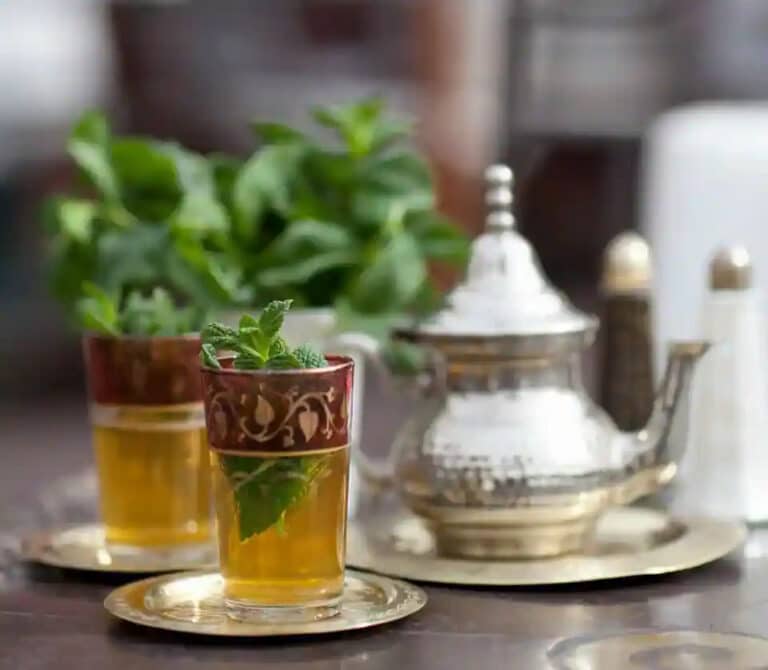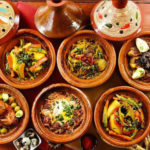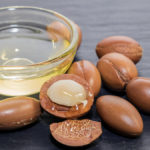Moroccan tea, also known as “Moroccan mint tea” or “Berber whiskey,” is not just a beverage; it is a cherished cultural tradition that reflects the warmth, hospitality, and time-honored rituals of Moroccan society. In this article, we delve into the art of Moroccan tea, exploring its preparation methods, symbolism, and the significance it holds in Moroccan culture.
The Symbolism of Moroccan Tea
Tea holds a significant symbolic meaning in Moroccan culture. It is a gesture of hospitality and friendship, reflecting the welcoming nature of Moroccans. When guests are welcomed into a Moroccan home, they are greeted with a steaming pot of tea, setting the stage for meaningful conversations and connections.
The Ingredients and Preparation
At the heart of Moroccan tea is the combination of green tea leaves and fresh mint leaves. The high-quality green tea leaves, often Gunpowder tea, provide the base, while the aromatic mint leaves add a refreshing flavor and aroma. The tea is traditionally brewed in a Moroccan teapot over a charcoal fire, allowing the flavors to infuse and create a perfect harmony.
Once the tea is brewed, it is poured with a precise and skillful technique. The tea is poured from a height, creating a beautiful cascade and allowing the flavors to mingle. This pouring technique not only aerates the tea but also creates a frothy foam on the surface, enhancing the overall experience.
The Ritual of Serving Moroccan Tea
Moroccan tea is more than just a beverage; it is an integral part of Moroccan social customs and gatherings. The host takes pride in the art of pouring tea and often performs multiple pours to achieve the ideal balance of flavors. The number of pours can vary, but the most common tradition is the “three pourings,” representing the saying “The first glass is as gentle as life, the second as strong as love, and the third as bitter as death.
Serving tea in Morocco is a gesture of respect and hospitality. It is customary to offer tea to guests before engaging in any discussions, ensuring a warm and welcoming atmosphere. The tea ceremony often involves engaging conversations, storytelling, and the sharing of traditional Moroccan treats.
Health Benefits and Beyond
Beyond its cultural significance, Moroccan tea offers several health benefits. Green tea is known for its antioxidant properties and potential health benefits, while the addition of mint leaves aids in digestion and provides a refreshing experience. Moroccan mint tea is often enjoyed after meals to cleanse the palate and promote digestion.
Variations and Adaptations
While the traditional Moroccan tea recipe remains popular, there are regional variations and adaptations that showcase the diversity of Moroccan culture. Some regions may add additional herbs like sage or geranium leaves to infuse different flavors into the tea. Additionally, modern variations of Moroccan tea include iced tea versions or herbal infusions to cater to evolving tastes and preferences.
Moroccan Tea in Daily Life
Moroccan tea is not limited to special occasions; it is an integral part of daily life in Morocco. It is enjoyed in homes, cafes, and marketplaces, providing a moment of respite and connection. In the morning, Moroccans often start their day with a cup of tea, paired with traditional bread, pancakes, or pastries.
Tea holds a special place in Moroccan social interactions. It serves as a catalyst for conversations, fostering a sense of community and togetherness. Whether it’s gathering with friends, family, or neighbors, sharing a pot of tea creates bonds and strengthens relationships.
The Tea Ceremony: Steeped in Tradition
When observing a traditional Moroccan tea ceremony, one can witness the meticulous attention to detail and the grace with which it is performed. The host takes on the role of the tea master, displaying expertise in the art of preparing and serving tea.
During formal occasions, such as weddings or religious celebrations, the tea ceremony becomes even more elaborate. Intricately designed teapots and ornate tea glasses are used, emphasizing the significance of the event and the honor bestowed upon guests.
Tea’s Role in Moroccan Hospitality
Hospitality is deeply ingrained in Moroccan culture, and tea plays a central role in expressing this virtue. The act of serving tea to guests is a sign of respect, kindness, and generosity. It creates a welcoming atmosphere and sets the stage for meaningful interactions.
When entering a Moroccan home, one can expect to be greeted with a warm smile and a steaming pot of tea. The process of serving tea is an art in itself, as the host skillfully pours the tea from a height, creating a gentle cascade that symbolizes abundance and goodwill.
Preserving the Tradition
The art of Moroccan tea continues to be passed down from generation to generation. Families uphold the traditions, ensuring that the rituals and customs are preserved. Many Moroccans take pride in their ability to prepare the perfect cup of tea, using their intuition and experience to create a harmonious blend of flavors.As Moroccan cuisine and culture gain global recognition, the appreciation for Moroccan tea has also expanded. Moroccan tea houses and cafes can now be found in different corners of the world, allowing people to experience the enchanting taste and cultural significance of this beloved beverage.
The art of Moroccan tea is a testament to the rich traditions and cultural heritage of Morocco. It symbolizes warmth, hospitality, and the beauty of human connections. From the careful preparation to the pouring techniques and the meaningful rituals, Moroccan tea holds a special place in the hearts of Moroccans and those who have had the pleasure of experiencing it.




1 Comment
Pingback: odor